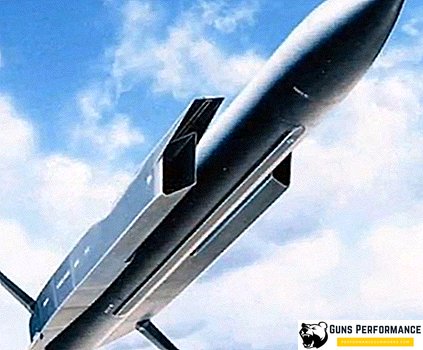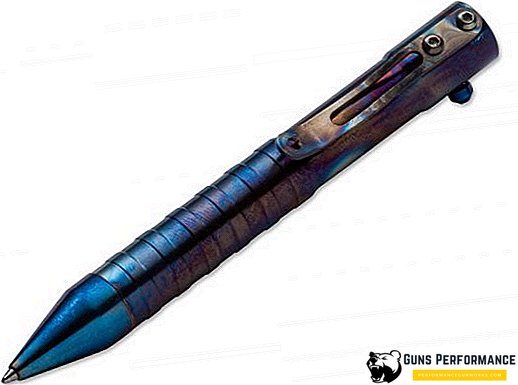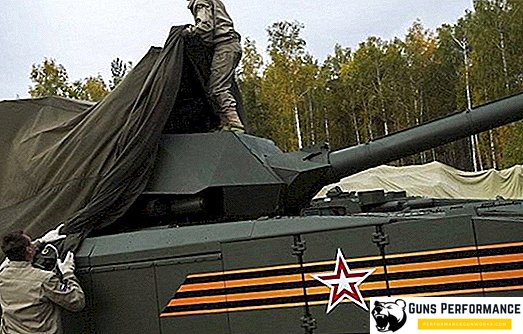Russia has embarked on logical steps in response to the US withdrawal from the Treaty on the Elimination of Intermediate-Range and Shorter-Range Missiles (INF). In particular, transfers "Caliber" to the land. And in this case, the sea cruise missile will increase its range to approximately 2,600 km.

The ground version will be somewhat modernized and fitted to the surrounding land reality. It is assumed that the novelty will be made on the basis of the 3M22 Zircon hypersonic anti-ship missile developed by the NPO Mashinostroeniya.
Recall, on February 2, as expected, the United States began a formal procedure for exiting the INF mode — which they notified Russia in advance. In response to this risky step, Russian President Vladimir Putin said that Moscow would react mirror-like. At the same time, he noted that after the suspension of participation in the INF Treaty, Russia will begin work on the creation of new types of missiles, the production of which was previously limited to the terms of a bilateral agreement. And the consequences were not long in coming.
However, the Russian president stressed that Russian medium-range and shorter-range missiles will not be deployed in various regions of the world before the United States places similar weapons there.
Recall: the indefinite DSMD between the USSR and the USA was signed by the parties in Washington on December 8, 1987, the document entered into force on June 1, 1988. It covers rocket shorter (from 500 to 1000 km) and medium range (from 1000 to 5500 km) land-based. By June 1991, the parties had fulfilled their obligations under the agreement: the USSR destroyed 1846 missiles, the USA - 846. The inspection activities ended in May 2001.












